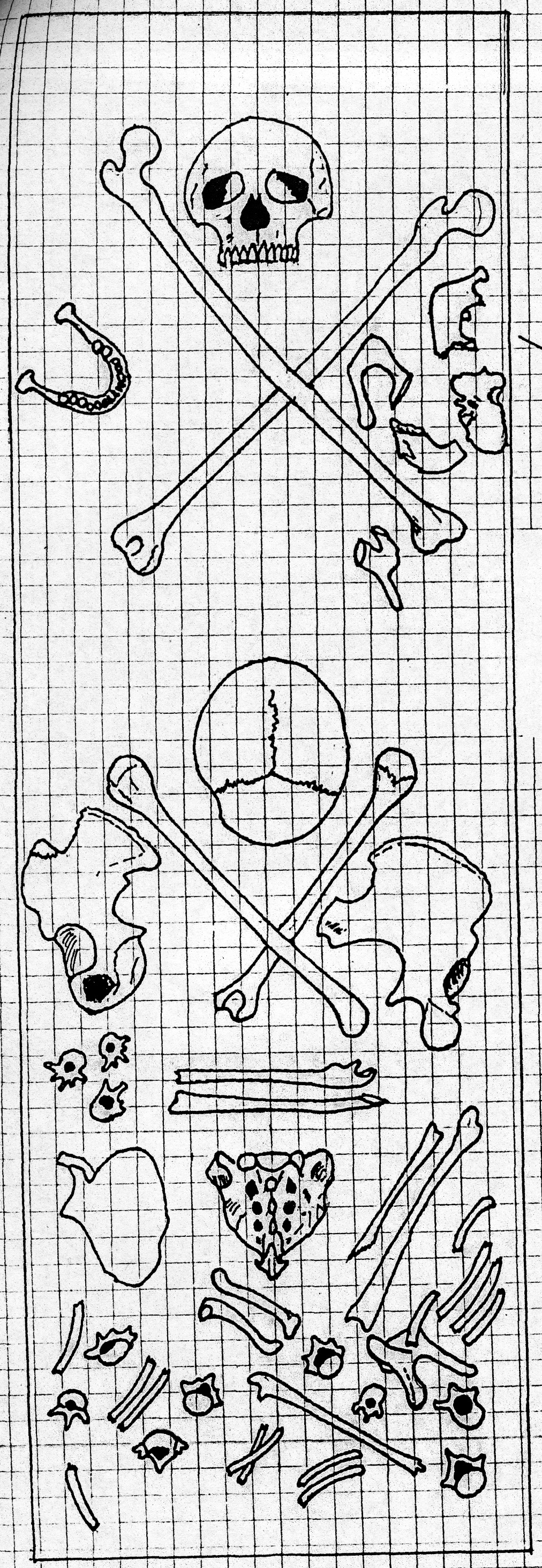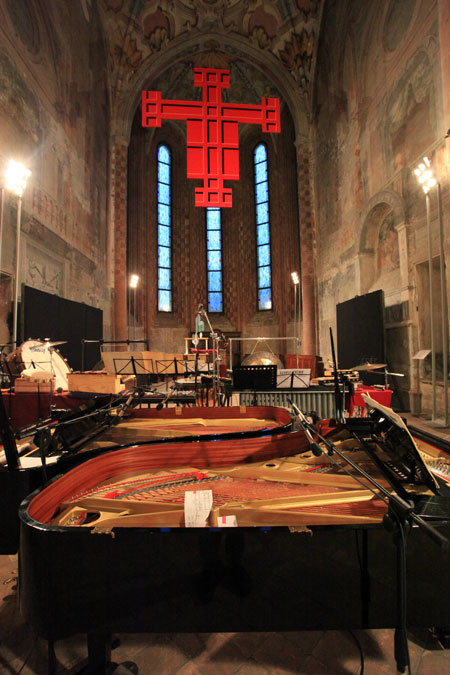Is Susquehanna a Cursed Estate?
WHEN: Wednesday, October 25, 2017, 7-8PM
WHERE: Commissioner’s Meeting Room – 41770 Baldridge Street, Leonardtown

Actual figure from the 1988 osteological study of the re-disinterred Rousby crypt.
Beginning with the Halloween murder of Christopher Rousby in 1684, St. Mary’s College of Maryland librarian Kent Randell will provide a detailed history of the adventures and misadventures of the occupants of the Susquehanna estate through the death of Henry James/Ignatius Carroll in 1884, 200 years after the Rousby murder. Recently uncovered genealogical clues regarding the Carroll and Rousby families of Southern Maryland, their connections to a second murdered Patuxent River Tax Collector, and the estate’s calamitous transfer to the Henry Ford Museum will also be discussed.





